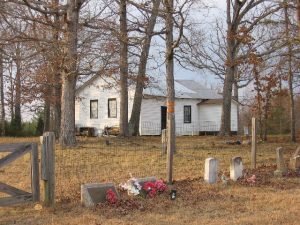Biography of James B. Summons, Jr.
James B. Summons, Jr., is one of the early pioneers of Riverside, having located in the colony in 1870. He is a native of Cincinnati, Ohio, born in 1845. His grandfather, Captain John B. Summons, was a prominent and well-known citizen of Cincinnati, an owner of river steamers carrying the mail, and commander of same. He was a member of the city council of that city for more than twenty-five years. He was a Kentuckian by birth, who in his early manhood settled in Cincinnati. Mr. Summons was reared and educated in Cincinnati until 1861, receiving his education in the … Read more



